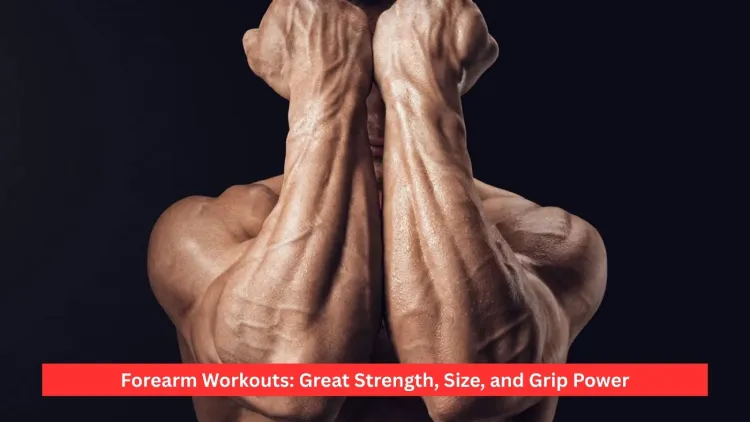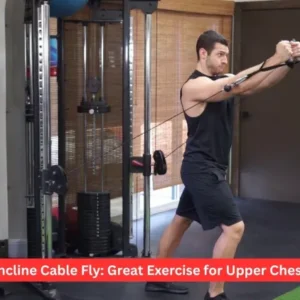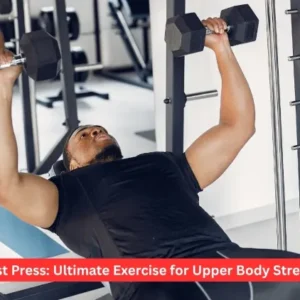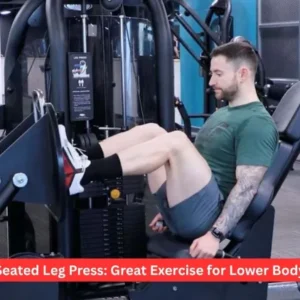Most individuals do the biceps and triceps but fail to remember that the forearm workouts they perform (or fail to perform) usually determine the strength of their arms. Forearms get engaged in nearly all pulling and gripping activities, and unless they are specifically trained, they can hardly achieve their maximum potential with their upper body. With the aid of balanced exercises and rest, you will be able to increase the size, strength, and beauty of your forearms in just a few weeks.
Why Forearm Workouts Matter
Improved Grip Strength
This is the reason most big lifts fail since the grip strength runs out initially. Forearm workouts make your flexors, extensors and grip stronger, enabling you to support heavier weights longer.
Balanced Arm Development
Big biceps would appear disproportionately without strong forearms. Doing a combination of both will provide your arms with a more athletic look as well as less stress on your wrists and elbows.
Functional Performance
Finger strength, wrist mobility and grip endurance are controlled by the forearms. They are constructed to simplify daily chores, and include activities as carrying groceries to opening jars.
Reduced Injury Risk
In athletes and lifters, tendinitis and wrist pain are dominant. Tendons and muscles in the forearm can be strengthened to prevent overuse injuries.
Quick Improvement in other lifts.
One exercise, like deadlifts, rows and pull, is also enhanced as your forearms become stronger. You may need to improve your grip and forearm size to open the door to new PRs, in case you have been stagnating at the same weight.
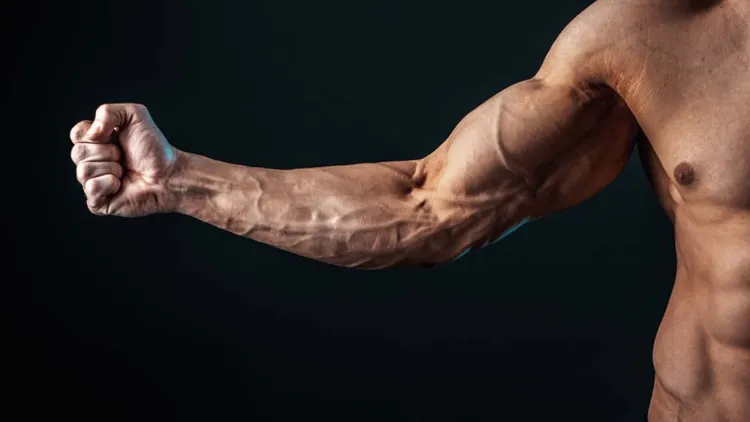
Anatomy of the Forearms
The forearms are divided into two major parts:
- Flexors: Inner side forearm, which extend the hand and fold the wrist.
- Extensors: The outer arm or outer forearm that straightens and extends your wrist.
The exercises done on the forearm should aim to eliminate imbalance and to have a thick and balanced appearance. Powerful extensors can be used to enhance the look of veins and promote the well-being of the wrists.
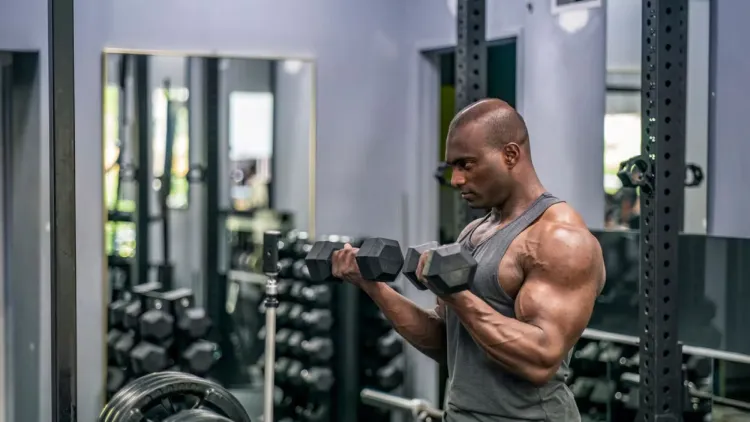
Best Forearm Workouts
The following are the most effective forearm workouts to use to gain size, grip strength and stamina. And such common questions as why are forearms growing so slowly, how to get veiny, and how to master quite large, are also naturally considered.
1. Wrist Curls
- Position: Sit with palms up on a bench, forearms placed on the thighs. Grab a dumbbell or a barbell and slowly curl up your wrists. Lower under control.
- Why It Works: This method is quick and effective for thickening your underarms.
- Remind: Use 3-4 (sets) of 15-20 (reps) to enhance blood flow, which enhances the development of veins and muscles.
2. Reverse Wrist Curls
- What you need to know: As above, place your palms down. Then, slowly lower your palms.
- Why It Works Strengthens wrist extensors. Gives more forearm to the top.
- Hint: Use a lighter resistance than wrist curls. High-rep sets are slow and increase the visibility of your veins.
3. Farmer’s Carry
- How to do it: With a pair of heavy dumbbells (or kettlebells), stand straight up and walk for between 30-60 seconds.
- Why it works: It strengthens the grip and forearm power while also working your core, shoulders and back.
- Hint: Adaptation should be enforced by progressively increasing the load. Wrist and hand size increase also takes place due to this exercise.
4. Hammer Curls
- How to Do It: grip dumbbells with hand palms and roll them upward, facing each other.
- Why It Works: Hits the brachioradialis. It is the wide forearm muscle which makes them look monster-like.
- Hack: Regulate the descent to achieve maximum tension.
5. Dead Hangs
- How to Do It: Suspend by a pull-up bar with the arms in full action and shoulder involvement. Hold as long as possible.
- Results: Enhances endurance of a tight grip, strengthens all the muscles of the forearm.
- Hint: The weight should be added in smaller amounts to increase the growth and size of the veins.
6. Towel Pull-Ups or Towel Rows
- How to do it: Pull-ups and rows: Wrap towels around the pull-up bar, handles or bars. Then pull.
- Its Benefit: The thicker grip gives your forearms more work-in, which results in functional strength and power in your fingers.
7. Plate Pinches
- How To Pinch the plates, two pieces of weights with your fingers and thumb. Hold for a time.
- Why It Works: This promotes the perfect development of finger and thumb strength, which are essential for sports, climbing, and tasks that involve grip.
8. Hand Grippers
- How to use: Squeeze the hand gripper with all of your strength in multiple repetitions or long holds.
- How It Works: This exercise adds to other exercises in strengthening the closing grip, plus the thickness of the forearm.
- Note: Do not overtrain; you can just overwork tendons with the hand grippers.
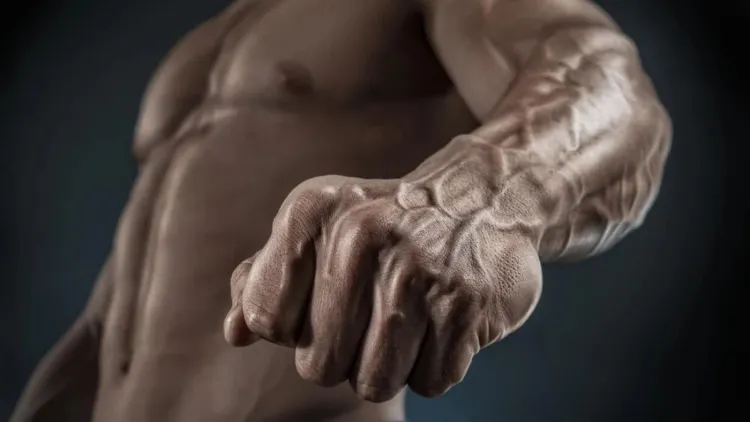
Programming Forearm Workouts
- Frequency: 2-3 times a week. Overtraining can cause injuries. However, short grip exercises like dead hangs and farmer’s carries are safe to do more frequently.
- Sets and reps: Higher repetitions (12-20) and longer holds (30-60 seconds) will help you build strength and endurance.
- To continue making gains, increase the weight, time under tension or grip thickness.
- Rest: The forearms continue to grow. As important as workouts are, sleep, nutrition and stretching.
Tips to Maximise Forearm Growth
Forearms will grow more slowly because they are used every day. It’s necessary to challenge them with heavier loads and stimuli, such as thicker grips or plate pinches.
Vein Visibility
Low body fat, good circulation, as well as trained forearms are factors in veiny arm appearance. Consistent arm workouts, hydration, as well as a healthy diet and nutrition, can increase vein visibility.
Balance between Flexors & Extensors
Some people only train flexors. Include reverse wrist curls and extensors in your workout to avoid injuries and give you a more symmetrical look.
Wrist size and hand strength
The bone structure of the wrist limits its size. However, the surrounding muscles and tendons can continue to grow as you perform wrist curls, heavy carries, and hammer curls.
Sleeping and Recovering
Sleeping is an important part of muscle building. You should aim to sleep for at least 7-9 hours per night to allow your forearms the time they need to recover.
Abs and Core Training at home
The addition of abs to your arm workouts is beneficial because a solid core helps improve lifting technique. Exercises like leg lifts, planks, and climbers can help you get visible abs.
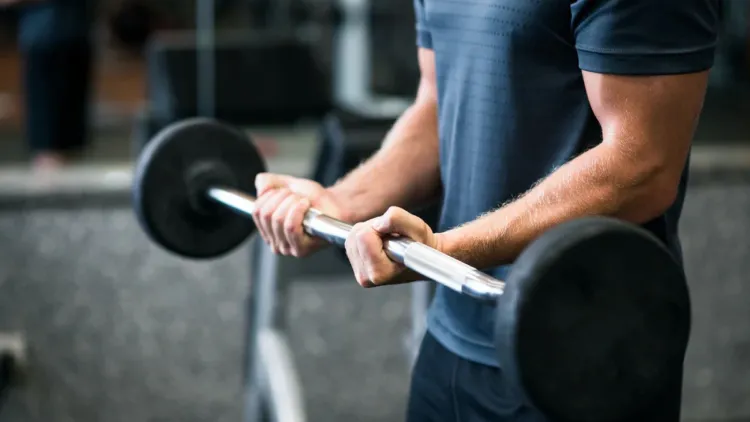
Common Reasons Forearms Don’t Grow
- Insufficient direct training: Compound lifts alone won’t be enough to maximise forearm development.
- Overtraining: Too much gripwork without recovery can slow down progress.
- Genetics: While some people are born with thinner forearms and can only add size through consistent and progressive exercises, others have thicker forearms.
- Without sufficient protein and calories, no muscle will grow.
Sample Forearm Workout Routine
| Exercise | Sets | Reps/Time |
| Barbell Wrist Curls | 4 | 15–20 reps |
| Reverse Wrist Curls | 3 | 15–20 reps |
| Farmer’s Carry | 3 | 40–60 sec |
| Dead Hangs | 3 | Max hold |
| Plate Pinches | 2 | 30–45 sec |
| Hand Grippers (Optional) | 2 | 15–20 reps |
After 30 days of consistency and good nutrition, this routine, performed twice a week, can improve forearm size and grip strength.
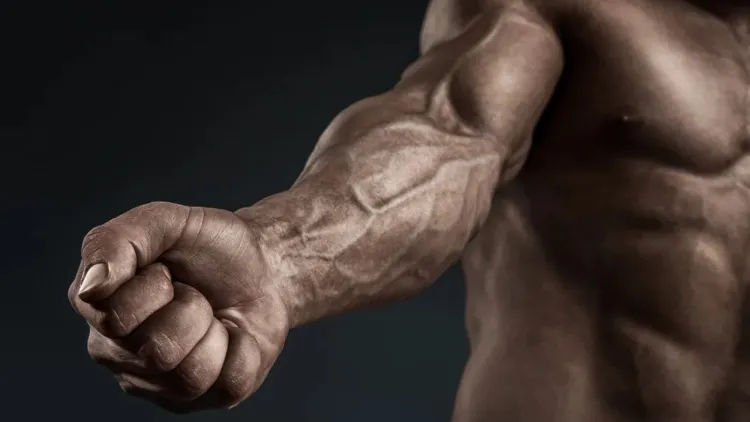
Conclusion
The basis of larger, stronger, and more working arms is forearm workouts. Wrist curls, together with the reverse wrist curl, farm animal carries, dead hang, and grip apparatus, such as hand grippers and the like, will make you achieve muscular bulk, develop the veins, and build strong wrists. It is important to remember that forearms are likely to develop more slowly than other muscles, and therefore regular training, sufficient rest, and a balanced diet are the keys. By doing it the right way, all you will need to do is do it a few times and end up with monster forearms, a better grip and an athletic appearance besides improving overall performance in the gym and in life overall.
Frequently Asked Questions
1. How quickly do forearms develop?
After 2-4 weeks, most people will feel stronger, but the visible growth and vascularity are usually only seen after 6-8 weeks.
2. Can I train my forearms daily?
To avoid overuse injuries, you should only do heavy gripping or wrist curls 2-3 times per week.
3. Hand grippers and wrist curls: Do they work?
Yes. Hand grippers increase tendon strength and improve gripping power, while wrist curls and reverse wrist curls work on the flexors/extensors for size and vein visibility.
4. What accelerates forearm growth?
A high-protein diet and hydration are essential for maximising gains in the forearms.

